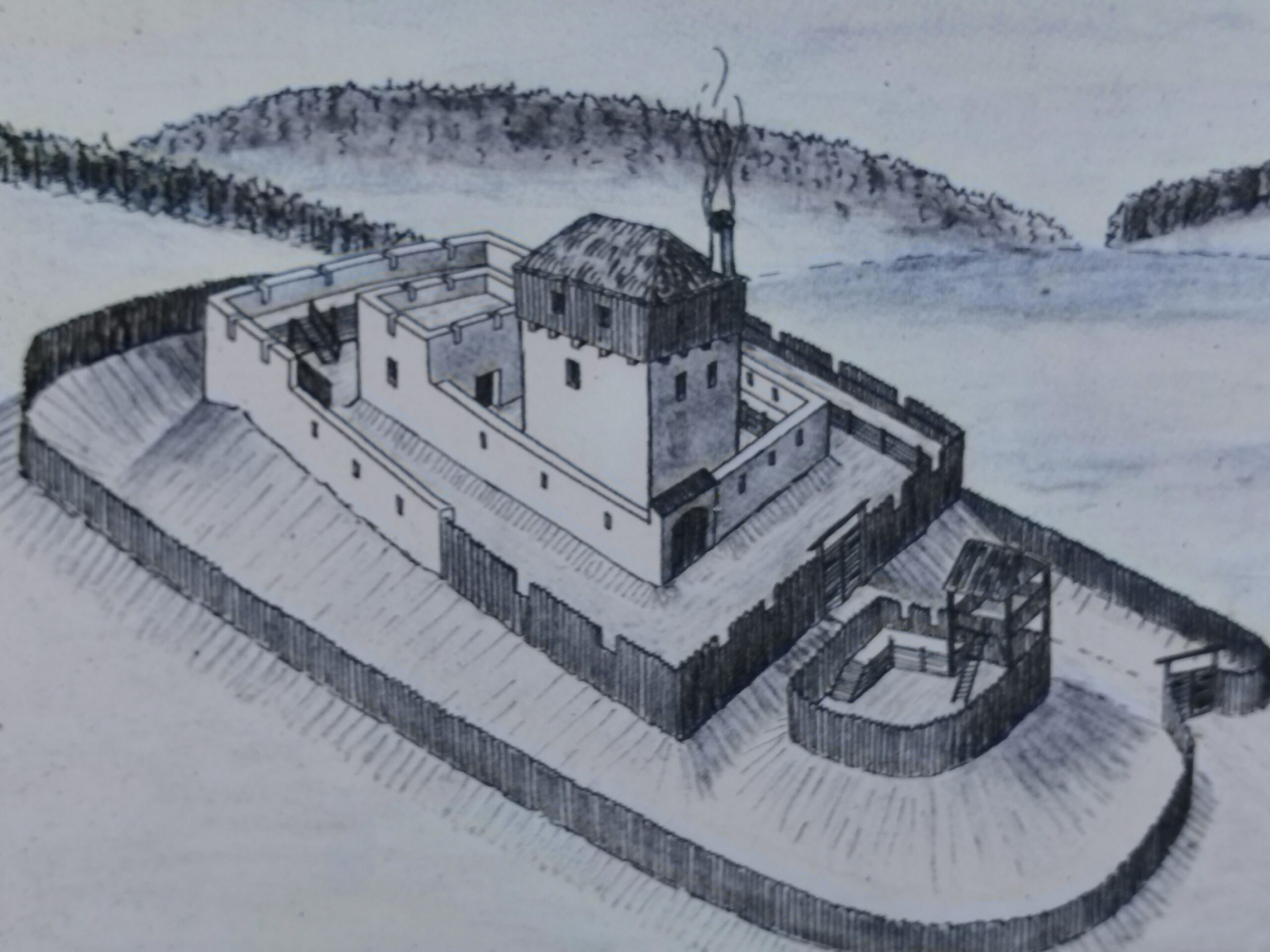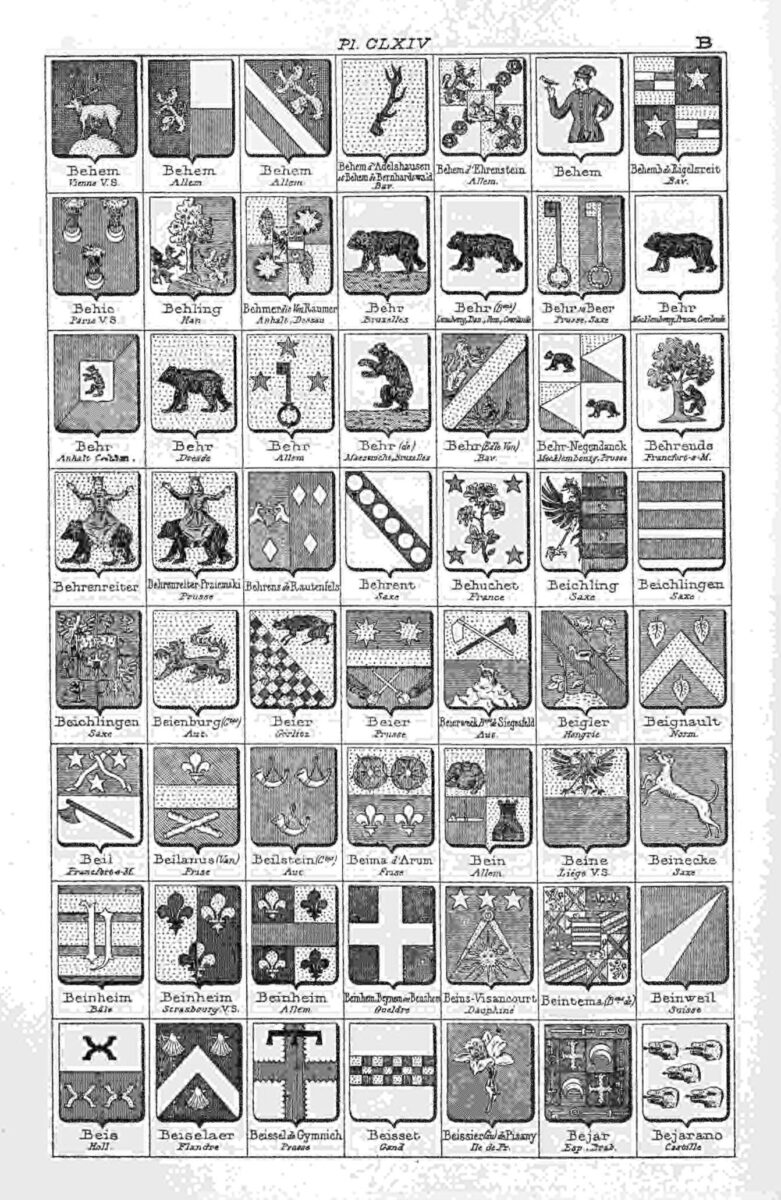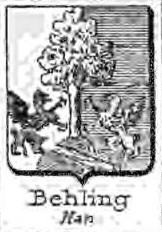September 1, 2023
Where and When Did the Behling Family Begin?
Have you ever thought about your last name and how it came to be the name that identifies your family? Have you ever researched your surname? For me, as I research family members, I have many questions swirling through my mind. Does my family surname hold historical importance? Did my ancestors own a castle or did they fight in a major battle? Why did my great-grandparents emigrate to the U.S. or why did they stay in their home country? What was daily life like for them? These are answers I enjoy pursuing.
The Behling surname is an interesting name to research. Although it’s not a very popular name, like Smith or Jones, it’s not uncommon to come across people named Behling in Wisconsin. Primarily because for over a century, Wisconsin has had the highest percentage of families with the last name Behling in all of the U.S. In fact, there are many people in my neighboring communities who bear this surname. For example, my daughter’s First Grade teacher was Mrs. Behling. Her husband is not an immediate or distant relation of mine. Maybe our families connect somewhere back in Germany but as far as I am aware, we are not related. That seems to be the case with many Wisconsin Behling families, where they share the surname but aren’t sure about how they might be related.

About fifteen years ago, I came across a message thread on a genealogy website regarding the Behlings in Wisconsin. The thread began around the year 2000 with someone wanting to connect with others researching the family. Reading through the comments, most believed two brothers emigrated from Germany to Wisconsin. One settled in Milwaukee and the other in the Fox Valley area. I was excited because I thought this message thread held the key to relatives who settled in Oconto County. Boy, was I wrong! Mind you though, when I came across this message thread, the amount of information on the Internet was still limited. Although the LDS Church had been going into other countries and making copies of various records, most of this information was on Microfiche and had to be ordered from the main church hub in Utah. It would then be sent to a local LDS center. Once it arrived, people had to make an appointment to reserve a Microfiche machine to view the documents. (Very challenging to do with a 1 year old!) Needless to say, information was limited at the time. As time passed and more records were digitized, it became clear that MANY different Behling families chose to settle in the U.S. Some settled in Milwaukee County and some in Jefferson or Sheboygan Counties. Others moved around the state and some moved out of state. Now, my questions are where did they emigrate from and why?
As previously mentioned, the Behling surname is interesting to research. Some resources say that it is a locational name that began in Germany from either the Ruhr district of the North Rhine-Westphalia region or possibly from Behlingen in Bavaria. Another source says it has roots in Bahlingen am Kaiserstuhl a small municipality in Baden-Württemberg. Other sources state it originated in Bellingen located in Rhineland-Palatinate. Within my family ancestry, the Behling name first appears in the Stettin village records which was once part of Pomerania (now known as Szczecin, Poland). Given German history predates the Roman Empire, it’s likely each of these regions had bearers of the name Behling (or variant of the name) living within their villages. Variant names include Bahling, Belling, Bohling, Boehling, Bolling, and Bowling, to name several.

One thing is for certain, though, the Behling name is German based. It originates from the surname Böhling, which is North German, and is patronymic. Böhling is a compound name, having a root and a suffix, each with their own meaning. The first element, Böhl, is derived from the Germanic personal name Baldo, a pet form of the Old High German word bald, which means bold or brave. The suffix “ing” means “belonging to” or “descendants of”. Essentially, the surname Behling can be translated as “belonging to the Bold” or even “descendants of the Brave”. As was the case with most German names, family names were chosen very carefully. The original bearers chose it with intention and purpose. It represented all that they were, and it would be passed along to their namesakes. The Behling name is a perfect example of this.


Probably one of the biggest questions most descendants wonder is whether they come from royalty. I’m sad to say that my family does not descend from royalty. However, it’s interesting to note that the Behling family name is recorded heraldically in the Armorial General compiled by Johann Baptiste Rietstap. The Armorial General is a multi-volume work featuring illustrated blazons of the coats-of-arms for over 130,000 European families. In Volume I, on page 184, the arms for Behling of Hannover can be found. The arms being two Griffons rampant (standing), flanking an apple tree on a pale, silvery white and bright blue background. Griffons symbolize “valor, vigilance, and perseverance”. Apples represent “generosity, happiness, peace, and salvation”. Now I’m curious to know who this family was and how they rose to such a prominent position?
While researching the Behling surname, it’s evident that families predominantly resided in Northern Germany, specifically Mecklenburg, Pomerania, and Lower Saxony. Although there is mention of two men, Heinrich Behling, living in Mecklenburg in 1314, and Nikolaus Behlingen, living in Pomerania in 1384, there are no digitized records available yet to review. Another reference mentions that during the reign of King Leopold I (1658-1705), in Hannover, Germany, the family of Wilhelm von Behling is recorded circa 1680. Could this be the family that is connected to the Behling of Hannover coat-of-arms? Seems to me this is another questions that needs answering!
As time marched on, the Behling name began to appear outside of Germany. During the 1800s, many German families would seek their fortune in the US or Canada. According to the 1840 US Census, there were two Behling families living in South Carolina which was 100% of all recorded Behling’s living in the US. In 1880, there were 281 Behling families living in the US with 144 residing in Wisconsin, which was 51% of same named families living in the US. By 1920 the highest number of Behling families were found in the US, 387, with 51% of them living in Wisconsin (198 families). According to the 2010 US Census, the Behling name appeared 2,765 times with the highest percentage of families continuing to reside in Wisconsin.
In closing, here are a couple fun factoids about the Behling surname. The top three countries with the largest percentage of families with this last name are 1) Germany 2) United States 3) Brazil. (Yes, you read that correctly.) Maybe a vacation destination to add to your bucket list would be to visit Mt. Behling. Pack for the weather because it’s ice covered, flat topped and sits between two glaciers. Oh, did I mention it’s located in Antarctica? Okay, so maybe it’s not a vacation destination but it’s a cool story to tell your friends.
Interested in learning more about German surnames? Check out this website: https://newbremenhistory.org/en/content/11-german-surnames-their-meaning-origin
Want to learn more about the castle that sank? Click on this link (you may need to translate):

